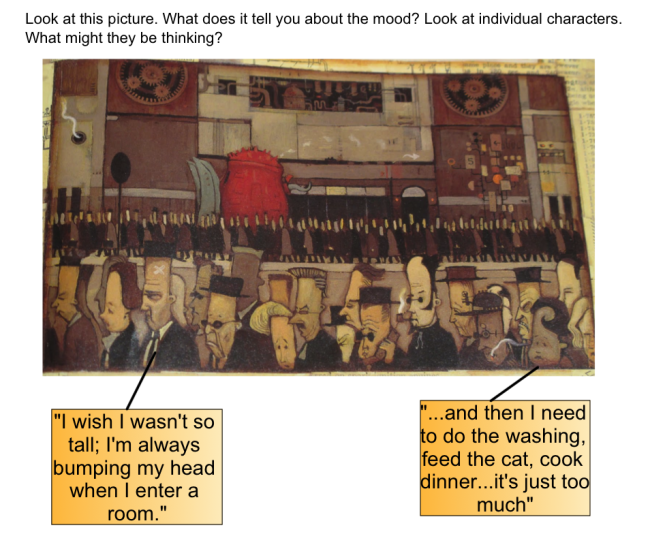These days, children are more literate with an iPad than most adults, and will arrive to school armed with the knowledge of how to work touch screens, navigate the hazards of technological difficulties and a sense that technology is already an important part of their learning (Jones, 2012, p. 33). Teachers are increasingly being encouraged to utilise a combination of this prior knowledge and technology to develop literacy practices, by building upon, and extending students’ literacy development within the context of their social and cultural practices.
Jones (2012, p. 33) argues that teachers need to step away from traditional forms of literacy extensions, to include new technologies which allow students to use the screen as they would other concrete manipulatives. The benefit of this is that students are still engaging with literacy, but in the contest of their own understanding (e.g. using new technologies that have already formed the contextual basis for their literacy practices). Making connections to prior learning will help familiarize students with the content, whilst emphasis on pre-reading activities builds field knowledge of topics and concepts, and encourages students to read for meaning (Jones, 2012, p. 33).
Looking at specific technology in particular, the iPad has enhanced the way teachers approach literacy, and has been proven to increase student engagement in the classroom (Jones, 2012, p. 37). Using apps such as the Playschool Art Maker app allows students to create retellings of stories, adding in music, sound effects and narrations to compliment visuals animations. Students move from using babble to recount stories, to being able to orally retell a story without prompting, and using appropriate language and vocabulary.
However, utilizing new technologies, such as the iPad, still need to be properly scaffolded, to ensure students develop literacy skills, and not just an ability to ‘play’ with the animations. Students need to learn how to formulate and organize their ideas and perceptions of the text, how to use appropriate vocabulary and language features, such as intonation and expression, and how to link their understanding in a way that cohesively recounts the story from beginning to end. Utilizing technology, therefore, still needs to be explicitly taught to students, regardless of how well they can master the screen.
Used appropriately in the classroom, technology offers a rich dynamic to enhancing literacy skills, and using prior knowledge as a gateway for connecting students’ social and cultural contexts to the classroom.
References:
Jones, M. (2012), ipads and kindergarten- students literacy development, SCAN, 31(4), 31-40.
